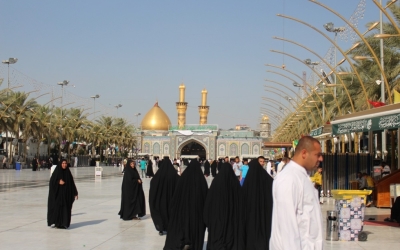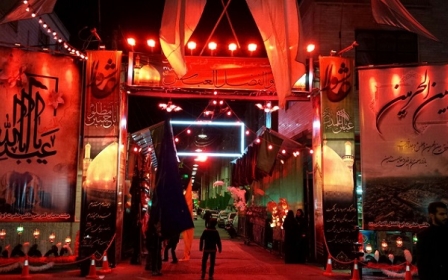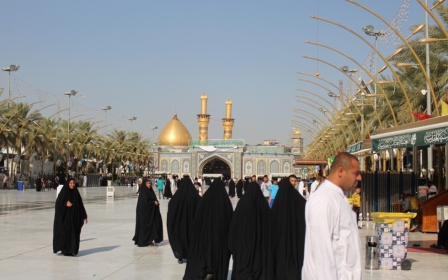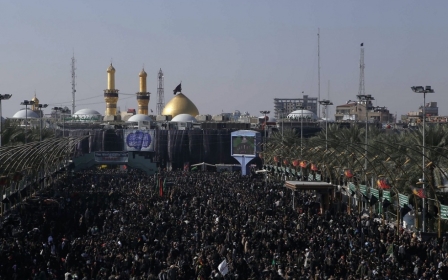At least 31 Shia pilgrims killed in stampede at Iraqi holy city of Karbala
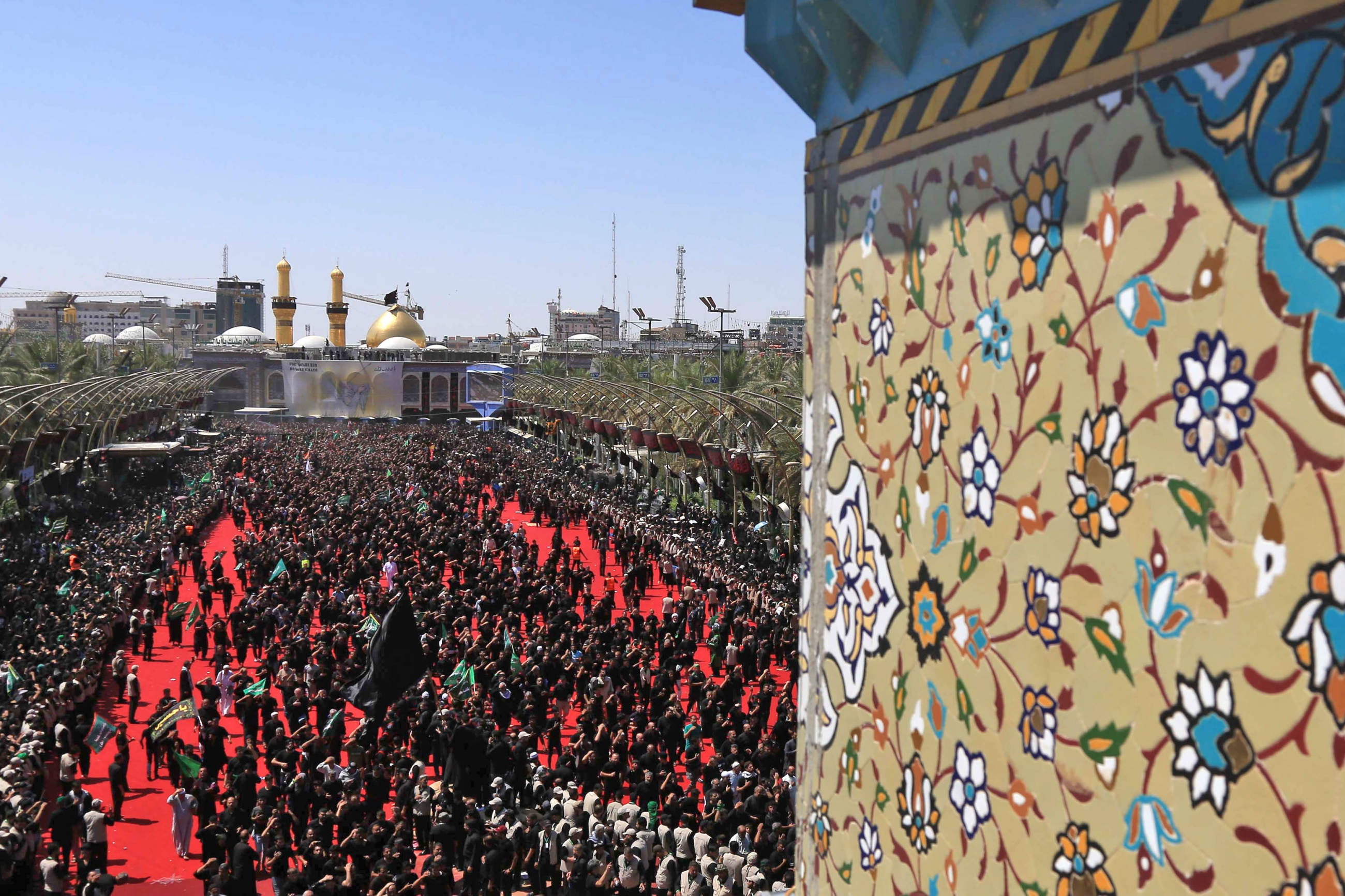
At least 31 people were killed on Tuesday in a stampede at a major shrine in the Iraqi city of Karbala during a ceremony to mark the Shia holy day of Ashura, Iraq's health ministry said.
The ministry said around 100 others were wounded in the stampede at the shrine, which is 100km south of Baghdad.
Saif al-Badr, a health ministry spokesman, said the toll of casualties was not final and he expected more casualties.
Tuesday's stampede is the deadliest in recent history during Ashura. Hundreds of thousands of Shia pilgrims visit Karbala from around the world to commemorate the death of Hussein, Prophet Muhammad's grandson in AD 680.
Earlier, processions of black-clad worshippers made their way to Hussein's gold-domed shrine in Karbala, carrying black flags with "Hussein" written in red and wailing loudly.
Hussein was killed by the forces of the Caliph Yazid, a major event which helped solidify the divide between what would become Islam's Sunni and Shia branches.
Similar ceremonies took place in the capital Baghdad, the southern cities of Najaf and Basra and around the world.
Under ex-ruler Saddam Hussein's Sunni-dominated government, the vast majority of Ashura commemorations were banned.
Now, the day is a national holiday, with streets across the country shuttered to allow for elaborate re-enactments of the Battle of Karbala.
More to follow...
Middle East Eye propose une couverture et une analyse indépendantes et incomparables du Moyen-Orient, de l’Afrique du Nord et d’autres régions du monde. Pour en savoir plus sur la reprise de ce contenu et les frais qui s’appliquent, veuillez remplir ce formulaire [en anglais]. Pour en savoir plus sur MEE, cliquez ici [en anglais].


